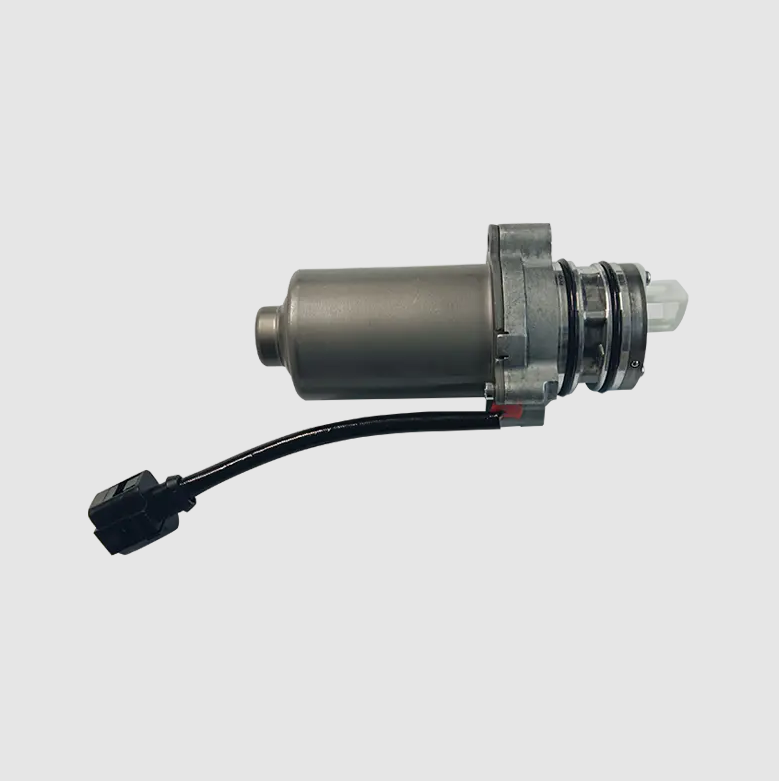How to Prevent and Correct Thermal Overload in Oil Pump Motor Applications

An Oil Pump Motor plays a crucial role in maintaining fluid circulation and system pressure in both industrial and automotive applications. However, like any electric motor, it can experience overheating during operation. If not addressed promptly, this can lead to insulation failure, reduced efficiency, or even permanent damage. This article explores the key causes of overheating and outlines effective steps to resolve and prevent such issues.
Common Causes of Overheating
Several factors may contribute to an Oil Pump Motor overheating:
Excessive Load
Operating beyond the motor’s rated capacity increases current draw, generating more heat than the system can dissipate.
Inadequate Ventilation
Poor airflow around the motor can trap heat, especially in enclosed or dusty environments.
High Ambient Temperature
External temperatures above the motor’s design limits make cooling less efficient.
Power Supply Issues
Undervoltage or phase imbalance causes the motor to work harder, increasing internal heat.
Lubrication Problems or Pump Binding
If the pump attached to the motor is mechanically blocked or under-lubricated, the motor compensates by drawing more power.
Faulty Bearings or Internal Friction
Worn-out motor bearings increase friction, which in turn produces excess heat.
Immediate Actions to Take
When signs of overheating occur—such as a burnt smell, abnormal noise, or frequent thermal trips—take the following steps:
Shut Down the Motor Immediately
Allow it to cool and prevent further damage.
Check for Obvious Obstructions
Inspect the pump and motor for dust buildup, blocked vents, or nearby heat sources.
Measure Voltage and Current
Ensure the motor is receiving proper voltage and operating within its rated current.
Inspect Load Conditions
Confirm whether the pump is running within its normal workload or if system pressure/resistance is abnormally high.
Examine Cooling Mechanisms
Some motors include fans or external cooling systems—check their function and cleanliness.
Preventive Maintenance and Long-Term Solutions
To avoid future overheating issues in an Oil Pump Motor, consider these ongoing measures:
Regular Cleaning and Inspection
Remove dust and debris from motor housings and ventilation ports to promote airflow.
Thermal Protection Devices
Use thermal overload relays or temperature sensors to shut down the motor during extreme conditions.
Lubrication Schedule
Maintain a routine for checking and replenishing pump lubrication to prevent resistance buildup.
Upgrade or Resize Motor
If the application has outgrown the current motor, consider upgrading to a higher-rated model with better thermal tolerance.
Environmental Controls
If the motor operates in a hot or dirty setting, consider air conditioning or enclosures with cooling fans.
Routine Electrical Testing
Periodically perform insulation resistance and winding resistance tests to catch degradation early.
Conclusion
Overheating is a common but manageable issue when dealing with an Oil Pump Motor. Identifying the root cause—be it mechanical, electrical, or environmental—is key to resolving the problem effectively. With timely intervention and ongoing preventive maintenance, overheating risks can be significantly reduced, ensuring long-term operational stability and extending the life of the motor.
Current Type: DC
Motor Type: Permanent magnet brushed motor
Applicable Product: Hydraulic pump, Hydraulic system
Used for forklifts, lifting platforms, tail lifts, and medical beds
- Art
- Causes
- Crafts
- Dance
- Drinks
- Film
- Fitness
- Food
- Spellen
- Gardening
- Health
- Home
- Literature
- Music
- Networking
- Other
- Party
- Religion
- Shopping
- Sports
- Theater
- Wellness


